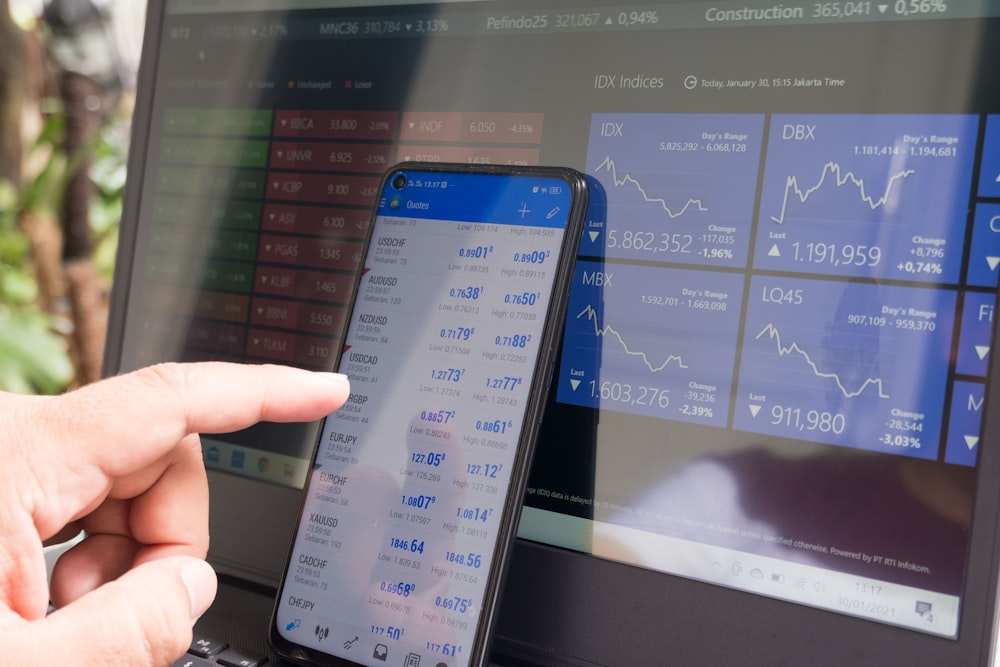Beyond Large Caps: Exploring The S&P MidCap 400 And S&P SmallCap 600
Image Source: Unsplash
The S&P Composite 1500® serves as a benchmark for the U.S. equity market, aggregating the performance of large caps, mid caps and small caps. While the S&P 500® has global relevance, there is a universe beyond the S&P 500 that market participants sometimes overlook. The mid- and small-cap segments, as measured by the S&P MidCap 400® and S&P SmallCap 600®, offer distinct views in terms of exposure, sensitivity, diversification and return drivers.
Compared to The 500™, the S&P 400® and S&P 600® indices have different sector weights. As of Jan. 31, 2025, they were primarily underweight in Information Technology and Communication Services, while having greater weight in Industrials, Financials, Real Estate and Materials. Although weights vary across the size spectrum, the mid- and small-cap segments had higher weight in domestically focused sectors.
(Click on image to enlarge)

Additionally, the mid- and small-cap segments tend to be more diversified than their large-cap counterpart, which could be relevant for market participants looking to diversify away from large names. Using the adjusted HHI1 to measure concentration, Exhibit 2 shows that the S&P 400 and S&P 600 were less concentrated than The 500.
(Click on image to enlarge)

Moving down the size spectrum presents both opportunities and challenges, resulting in different risk/return profiles. As shown in Exhibit 3, the S&P 400 and S&P 600 outperformed the S&P 500 over various periods but, not surprisingly, exhibited more volatility.
(Click on image to enlarge)

The S&P Composite 1500 is constructed with an earnings screen that requires consistent profitability for its new constituents. Therefore, in addition to the size tilt, the indices also have a positive tilt toward quality. Moreover, the S&P 400 and S&P 600 also tend to have a significant tilt toward value.
(Click on image to enlarge)

Considering indexing beyond large caps, Exhibit 5 presents data from our SPIVA Scorecards in the mid- and small-cap segments, demonstrating that active managers have found it challenging to outperform the S&P 400 and S&P 600. In fact, the percentage of underperforming funds increased to over 90% for longer time periods.
(Click on image to enlarge)

The S&P 500 is a staple in the U.S. equity market, but the S&P 400 and S&P 600 may offer interesting and distinct characteristics: diversification from mega-cap companies, tilts toward more domestically focused sectors and a reflection of high-growth prospect companies. In addition to these drivers, the indices have historically shown quality and value tilts. Furthermore, most active managers underperformed the indices over different time periods, providing evidence that a low cost, index-based approach can offer outperformance in the mid- and small-cap segments.
1The Herfindahl-Hirschman Index (HHI) is a widely used metric for measuring concentration, determined as the sum of the squared percentage weights of the index constituents. The adjusted HHI is calculated by dividing the index HHI by the HHI of an equally weighted portfolio with the same number of stocks.
More By This Author:
Carbon CountdownWhat’s In A Name? From S&P 500 ESG Index To S&P 500 Scored And Screened Index
Tilting Toward Climate Resilience
The posts on this blog are opinions, not advice. Please read our Disclaimers.




